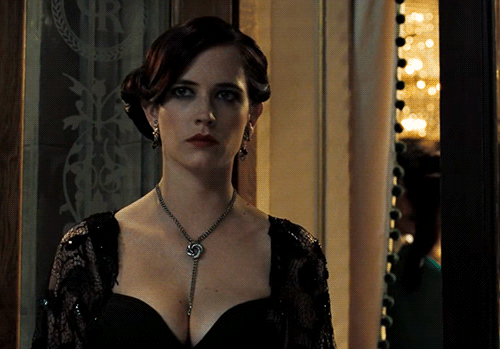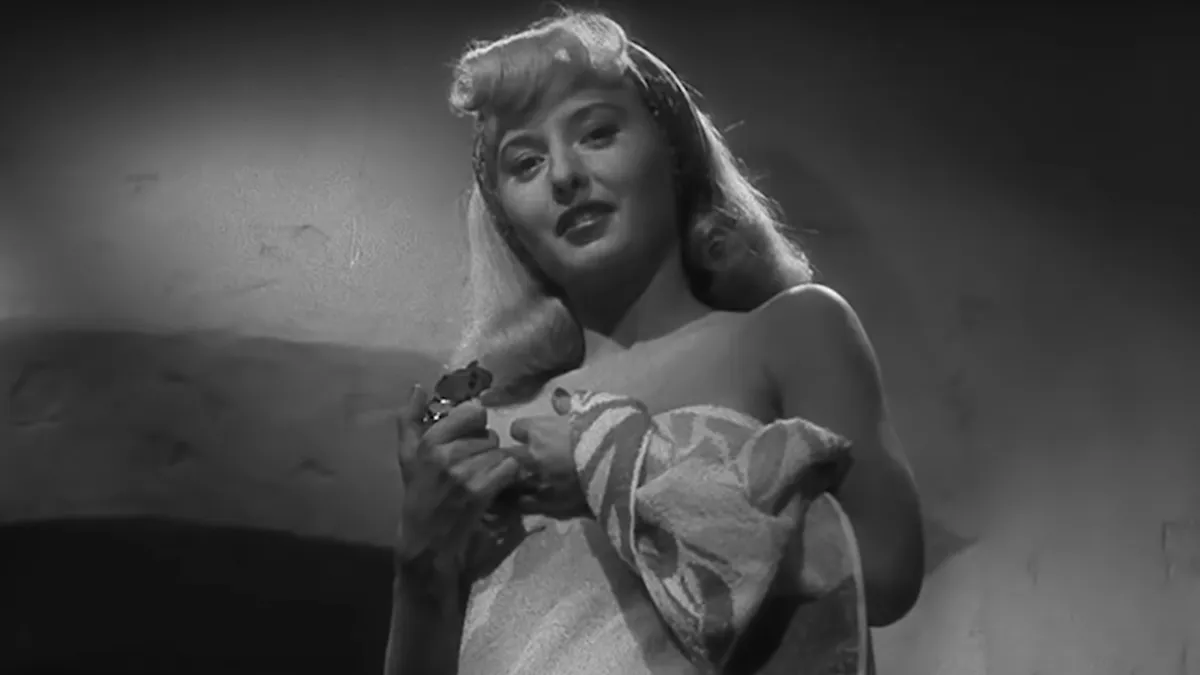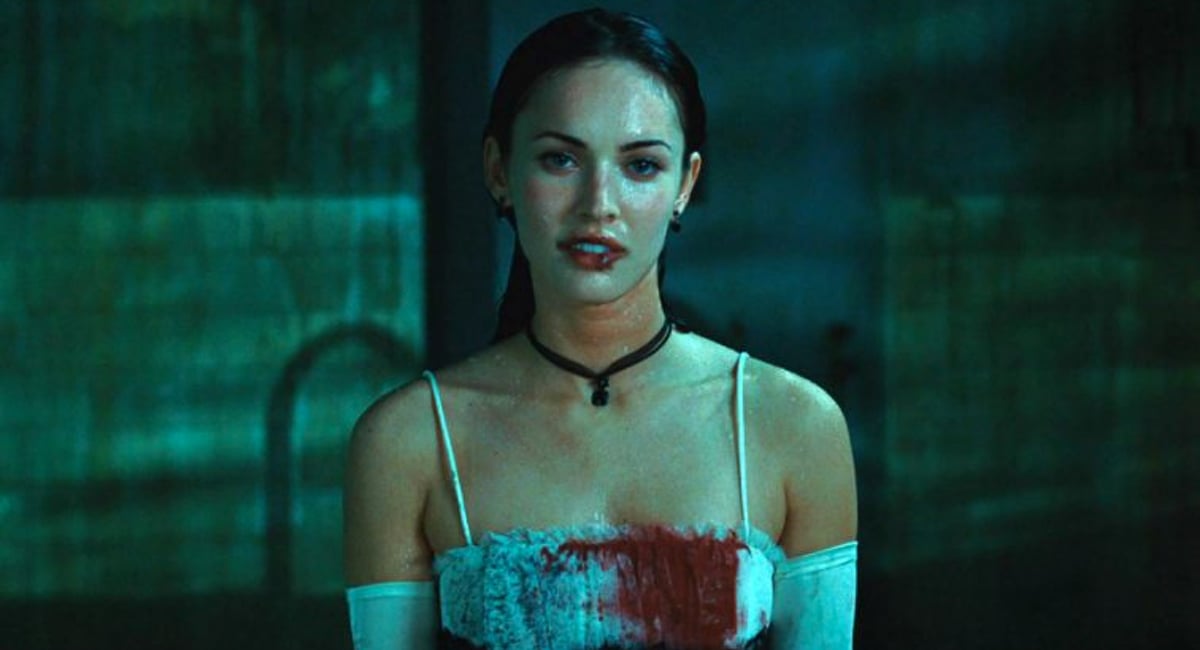Storytelling works in archetypes, broadly speaking. Those archetypes can be played straight, completely subverted, mixed together, or stuck in a story that wouldn’t really be the best one for them just for the fun of seeing what comes out of it. Of course, there are always nuances and particular cases, but the fact that archetypes are a core part of any narration is pretty much a given.
And so, since cinema is storytelling, then it makes sense that cinema works with archetypes too. They might actually be even easier to spot sometimes, given that cinema is a visual medium and so its storytelling is visual too—some archetypes share an appearance, no matter in what personification they appear on the screen. Think glasses for the nerd.
If you think about it, you can probably immediately start listing famous archetypes that pop into your head and keep going, because more will come to your mind the second you start reminiscing about all the movies you’ve seen. The hero, the anti-hero, the (queer coded) villain, the heroine, the rebel teenager, and so on and so forth.

Today we’re here to discuss one of the archetypes that have encountered the most fame and fortune throughout the history of cinema, creating some truly iconic characters: the femme fatale. While not always particularly flattering portrayals of women, femme fatales have undoubtedly shaped cinema and especially some of its genres, like noirs and thrillers and everything down that sort of avenue.
But what’s a femme fatale, you might ask? Well, let’s start with the name. “Femme fatale” is French and it literally translates to “fatal woman,” meaning a woman that could kill, or alternatively a woman one would die for. TV Tropes describes her like this: “The Femme Fatale is sexy and she knows it. Made famous by Film Noir and hard-boiled detective stories, she manipulates and confuses The Hero with her undeniable aura of sexiness and danger. Unlike the virginal and sweet Damsel in Distress, the Femme Fatale exploits everything she’s got to wrap men around her finger. He knows that she’s walking trouble and knows much more about the bad guys than she should, but damn if he can’t resist her feminine wiles.”
Of course, there are many different variations of the Femme fatale archetype. She might be wearing a distinct color — usually all black or red — or a distinct item of clothing — like above-the-elbow evening gloves — and while she may be completely villainous, she might also actually be on the side of the good guys and put on her beguiling seductress façade for the cause.

Whatever the case, the film industry has taken the Femme fatale archetype and ran miles with it—so here are some of the greatest iterations of this character that have ever graced our screens!
Just a quick note before we get right into it— I’ve decided to include only characters who have appeared in movies, but of course, television shows too have plenty of great femme fatales.
Phyllis Dietrichson, Double Indemnity (Barbara Stanwyck)

One of the earliest iterations of the femme fatales, Barbara Stanwyck — in her role as murderous Phyllis Dietrichson — pretty much originated one of the two currents within the femme fatale genre, that of the icy blonde.
Catherine Tramell, Basic Instinct (Sharon Stone)
Another blonde femme fatale, Sharon Stone’s Catherine Tramell in Basic Instinct is probably one of the most iconic and textbook examples of the character — from using her sexuality to get what she wants to “living” inside a noir movie, always the femme fatale genre.
Nikita, La Femme Nikita (Anne Parillaud)
A brunette this time, but yet another iconic example of the femme fatale, Nikita — from French director Luc Besson’s movie of the same name — is a professional assassin who knows very well how to use her sex appeal to get to her targets. But she’s also a deeply sympathetic character since her handlers use her drug addiction against her, varying slightly off of the “textbook femme fatale” path.
Amy Dunne, Gone Girl (Rosamunde Pike)
One of the more recent examples on this list, Amy Dunne is definitely a femme fatale: she would kill you to serve her purposes with no hesitation and she’s enough of an evil genius and a master manipulator to frame her husband for her murder and then still force him to remain married to her. Another one of the icy blonde greats.
Selena Kyle, from all Batman iterations (but especially Michelle Pfeiffer, Anne Hathaway and Zoë Kravitz)
Superhero movies have no shortages of femme fatales, but none other fits the definition as well as Selina Kyle, aka Catwoman. All of her iterations have some of the archetype in them, given that it’s how the character was first created in the comics, but the performances of Michelle Pfeiffer in Barman Returns, Anne Hathaway in Christopher Nolan’s The Dark Knight trilogy and Zoë Kravitz in the very recent The Batman are particularly fitting of the definition.
Mystique, X-Men (Rebecca Romjin, Jennifer Lawrence)
Marvel Studios — not really because X-Men rights are complicated, but you get what I mean — have their very own femme fatale in the character of Mystique, fiercely devoted to Magneto and ready to kill and maim to help him reach his goals. The movies softened her original character, but she’s still very much within the femme fatale area.
Mirage, The Incredibles (Elizabeth Peña)
Cartoons can be femme fatales too, and Mirage — Syndrome’s right-hand woman — is another textbook example of the archetype. Sensual and always keeping you on your toes, she’s the one that lures Mr Incredible into danger. Because this is a children’s movie, she of course redeems herself in the end and helps the Parrs fight Syndrome — not all femme fatales do that, and let’s say it, many of those who do find redemption by dying.
Vesper Lynd, Casino Royale (Eva Green)
Redemption by dying, anyone? Vesper Lynd is a prime example of the trope. Many Bond girls fit the femme fatale trope, of course, but Vesper Lynd gets a boost over the others by virtue of the incredible actress who plays her, Eva Green — a very femme fatal-esque casting choice. Vesper ultimately subverts the archetype by falling for the hero, even though she still doesn’t make it to the end of the movie.
Jessica Rabbit, Who Framed Roger Rabbit (Kathleen Turner)
Who cares if she’s animated, Jessica Rabbit is the femme fatale. Textbook appearance, textbook behaviours — until she reveals herself as a massive red herring that has been telling the truth all this time. And you know why? Because she’s not really mean, she’s just drawn that way, of course.
Jennifer Check, Jennifer’s Body (Megan Fox)
The titular character of Jennifer’s Body is definitely fatal — as she herself says, “she’s killing boys” and uses her sex appeal to get what she wants, from drinks to male attention. Technically, considering she’s still in high school, she should fall under the Fille Fatale category—a younger version of the femme fatale, with “fille” meaning “young girl” in French.
Mal Cobb, Inception (Marion Cotillard)
Even though she’s technically a memory living inside Dominic Cobb’s brain, Mal is dangerous and ruthless. She kills without hesitation and constantly does her best to blow up the gang’s plans, and even despite all of that her power over Dominic is so great that he hesitates every time he finds himself confronting her.
So what do you think? Who would you have put on this list?
(image: 20th Century Fox)









Published: Aug 5, 2022 12:27 pm